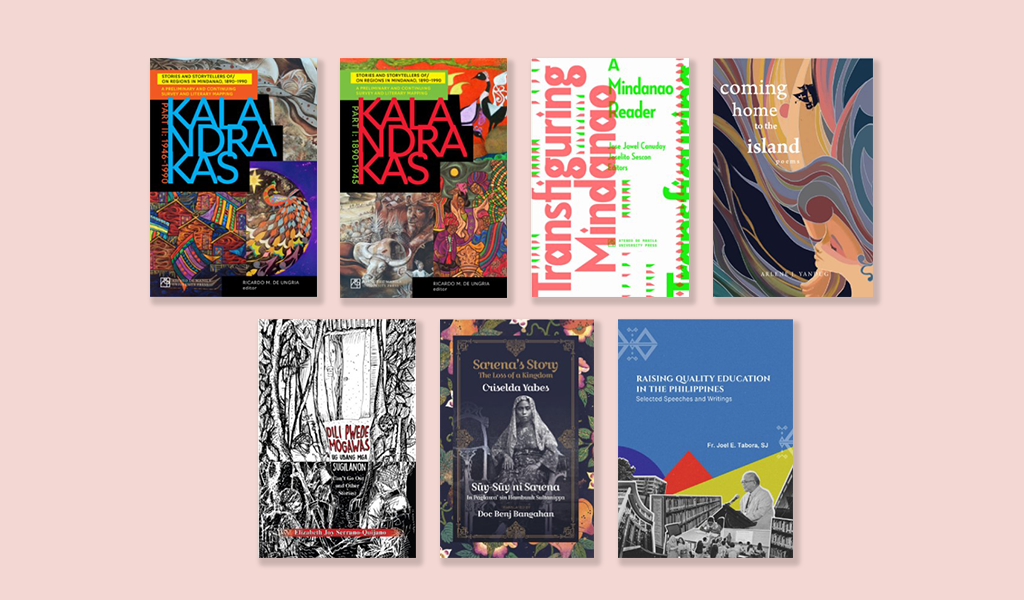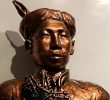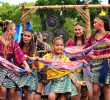
DAVAO CITY, Philippines – Six books published by Mindanao-based authors are among the winners of the 41st National Book Awards.
This annual award, given by the National Book Development Board (NBDB) and the Manila Critics Circel, “celebrates the enterprising creative labor in book publishing” and “honors books written, designed and published in the Philippines”, the group said on its website.
There were 35 winners in this year’s awards, with 235 entries in seven languages.
Here is the list of the books written and/or published in Mindanao.
Best Anthology in English: Kalandrakas Part 1, 1890-1945: Stories and Storytellers of/on Regions in Mindanao, 1890-1990 and Kalandrakas Part 2, 1946-1990: Stories and Storytellers of/on Regions in Mindanao, 1890-1990.
Edited by Ricardo De Ungria, Davao City. Publisher: Ateneo de Manila University Press.
Kalandrakas is a two-volume book scanning a century of Mindanao literature from 1890 to 1990, considered by the award body as “the most comprehensive anthology of Mindanao literature to date, covering poetry, fiction, drama, and essays” from 249 Mindanaoan writers in 11 languages, most of them translated to English. The book provides biographical notes of the writers and guidelines for developing literature.
The book’s editor, de Ungria, is an award-winning anthology writer and poet, including nine National Book Awards. He is based in Davao since 1999 when he served as the first dean of the College of Humanities and Social Sciences of the newly established UP Mindanao.
Best Book in Social Sciences: Transfiguring Mindanao: A Mindanao Reader.
Edited by Jose Jowel Canuday, Davao City and Joselito Sescon, Iligan City. Publisher: Ateneo de Manila University Press.
The book features Mindanao’s history, politics, and culture compiled from 44 authors from academe, journalists to cultural workers. The award commends the book for its “illuminating accounts of its indigenous history, vibrant culture, fervent struggles, and collective aspirations of people that define Mindanao.” It is a book where readers can learn more about Mindanao’s history and society beyond the usual literature and reportage of armed conflicts.
Canuday and Sescon are associate professors of AdMU, in their Department of Sociology and Anthropology and Department of Economics, respectively. Canuday was a journalist for the Philippine Daily Inquirer and MindaNews before joining the academe.
Best Book Design: Transfiguring Mindanao: A Mindanao Reader. Designer: Karl Castro.
Best Book of Short Fiction in Binisaya: Dili Pwede Mogawas ug Ubang Mga Sugilanon (Can’t Go Out and Other Stories). Author: Elizabeth Joy Serrano-Quijano, Matanao. Translation: John Bengan, Davao City. Publisher: Ateneo de Davao University Publication Office.
Almost autobiographical, the book is based on the author’s hometown, Matanao, Davao del Sur, whose first inhabitants are the Blaan which she belongs. Writer and anthropologist Karl Gaspar describes the book as “ a very good profile of a small town in southern Mindanao in this contemporary period but which engages and made interesting because of the author’s manner of story-telling. She possesses the gift of indigenous storytellers who can transport her listeners to the world of her imagination. In her narratives, we encounter many characters who have been part of our lives, who are us if we are inhabitants of this kind of community.
Serrano-Quijano teaches development communications at Southern Philippines Agribusiness and Marine and Aquatic School of Technology in Malita, Davao Occidental and has her works published in several literary journals. She is a member of KATAGA, Samahan ng mga Manunulat sa Pilipinas.
Best Book of Poetry in English: Coming Home to the Island: Poems. Author: Arlene J. Yandug Publisher: Xavier University Press, Cagayan de Oro
In fifty poems, Yandug recollects her experiences in relation to her home island Mindanao, and its larger narrative and history. The citation describes her anthology as “a journey in time, parsed by five enigmatic section subtitles that read together as a narrative paradigm: your story travels / in many voices / throughout the land / about things you can’t decipher / arriving at today which holds everything there is.”
Yandug teaches literature and writing at Xavier University-Ateneo de Cagayan with a Ph.D. in creative writing from UP Diliman. She is the chief editor of the university’s Kinaadman Journal.
Best Translated Book in Tausug: Sarena’s Story (Suy-Suy ni Sarena): The Loss of a Kingdom(In Paglawa’ sin Hambuuk Sultaniyya).
Author: Criselda Yabes and translated by Benj Bangahan. Publisher: Pawikan Press, Davao City.
The blurb on the book, written by award-winning writer Jose Dailsay Jr. describes the story “presents a creative, often lyrical, narrative of life and love in the Sultanate caught between the past and the present”. The award citation says “the translated version will hopefully reach out to more Bahasa Sug-speaking readers not only in the Sulu archipelago but also in other territories where there are Tausugs. The Bahasa Sug version appears appealing and rewarding enough to be read by native Tausugs because the material is about their rich and colorful Sultanate – a story of historical, social, and political reminiscence faithfully translated from the source language, which is English.”
Yabes is a freelance writer and journalist and was nominated for the prestigious Man Asian Literary Prize in 2010 for her first novel on Sulu.
Best Book on Professions: Raising Quality Education in the Philippines: Selected Speeches and Writings
Author: Fr. Joel E. Tabora, SJ. Publisher: Ateneo de Davao University Publication Office
The book is a collection of works from Fr. Joel Tabora, SJ, who has recently finished his 12-year tenure as university president of the Atene de Davao University, where he reflects on the challenges of Catholic education.
The awarding rites for the winners will be held in February 2024. (davaotoday.com)
Mindanao, national book awards, philippines








